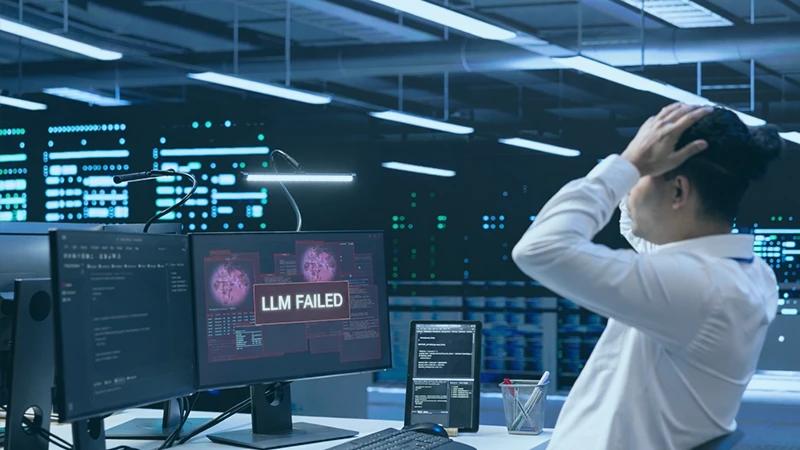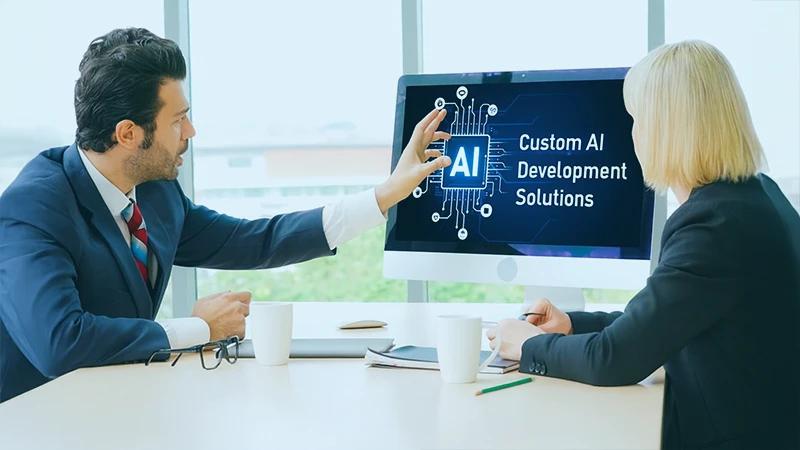As autonomous agents rapidly redefine how software is developed and deployed, developers are seeking robust frameworks to design, manage, and orchestrate these intelligent systems. Two leading tools in this space are AgnoAI and LangGraph, each offering unique capabilities that, when combined, can create a powerful multi-agent architecture.
In this blog post, we’ll explore how AgnoAI structures intelligent agents and why LangGraph’s orchestration layer is the perfect complement. We’ll also dive into advanced concepts like state management, fault tolerance, and Master Control Program (MCP) patterns that can help you build resilient, scalable multi-agent AI workflows.
Understanding AgnoAI Agent Architecture
AgnoAI structures agents in a layered and composable way, enabling developers to incrementally build sophisticated systems. Here is a breakdown of the five levels of agentic maturity in AgnoAI:
Level 1: Basic Agent
A standalone AI agent consisting of:
- Model (e.g., GPT-4o, Claude)
- Tools (e.g., APIs, search engines)
- Instructions (system prompt defining behavior)
Level 2: Agent with Knowledge and Storage
Enhanced AI agent capabilities through:
- Memory: Persistent session storage (SQLite, Redis, etc.)
- Knowledge: Retrieval-Augmented Generation (RAG) via vector databases
Level 3: Reasoning Agent
Adds structured reasoning with:
- Chain-of-thought reasoning
- Tool-enabled decision-making for multi-step tasks
Level 4: Agent Teams
Collaborative AI agents working together using:
- Route Mode: Delegates tasks to the most appropriate agent
- Coordinate Mode: Splits tasks among agents
- Collaborate Mode: Parallel task-solving with synthesized results
Level 5: Agentic Workflows
A deterministic AI pipeline that:
- Tracks execution state across sessions
- Chains agents and teams into multi-step processes
- Manages branching logic and persistent workflows
Why Add LangGraph to AgnoAI?
LangGraph is a graph-based orchestration library built on LangChain, ideal for stateful agentic systems. While AgnoAI provides modular agent design, LangGraph introduces high-precision control, error handling, and visibility over agent workflows.
Key Benefits of LangGraph for AI Workflow Orchestration
- Stateful Agent Composition
- Represent each AgnoAI agent as a LangGraph node
- Maintain execution context, memory, and tool usage across steps
- Visual & Deterministic Workflow Design
- Build AI pipelines as Directed Acyclic Graphs (DAGs)
- Improve observability and debugging
- Concurrent & Conditional Execution
- Support for parallel agent execution and branching logic
- Dynamically route tasks based on data and context
- Auditability & Replayability
- Deterministic logs and state capture
- Reproduce past executions for debugging, optimization, and compliance
LangGraph State Management and Fault Tolerance
LangGraph uses a centralized execution state that can be mutated by agent nodes. This provides:
- Checkpointing: Resume from failures with saved state
- Versioning: Re-execute workflows for audit and performance analysis
- Atomic operations: Prevent race conditions in shared workflows
- Persistent storage: Backed by Redis, SQLite, or SQL for production use
These features make LangGraph a fault-tolerant AI orchestration platform ideal for real-world applications.
Master Control Program (MCP) Pattern for Agent Oversight
In complex multi-agent workflows, a Master Control Program (MCP) acts as a meta-agent to:
- Monitor agent teams and processes
- Make real-time routing decisions
- Handle prioritization, fallback logic, or escalation
- Implement governance controls like human-in-the-loop
MCP enhances the coordination between AgnoAI’s agent teams and LangGraph’s workflow orchestration.
LangGraph’s Multi-Agent Patterns
LangGraph supports various collaborative agent interaction models:
- Message Passing: Shared memory model among agents
- Round-Robin Collaboration: Sequential state updates
- Central Planner Agent: One agent assigns roles and manages execution
- Voting/Evaluation Agents: Assess agent responses and drive consensus
These designs complement AgnoAI’s Level 4 Team and Level 5 Workflow architectures perfectly.
Real-World Example: Project Management Copilot
Imagine creating a smart assistant for project coordination using AgnoAI and LangGraph:
- AgnoAI Reasoning Agents:
- Task planner
- Deadline tracker
- Communications summarizer
- Agent Team: Collaborates on task assignments and reporting
- LangGraph Workflow:
- Data flows: summarizer → planner → notifier
- State is checkpointed for replays
- Fault-tolerant retries in case of API failures
Final Thoughts: Why AgnoAI + LangGraph is a Winning Stack
AgnoAI offers a scalable framework to build intelligent AI agents and agent teams. LangGraph complements this with graph-based orchestration, execution state management, fault tolerance, and agent collaboration workflows.
Together, AgnoAI and LangGraph enable developers to:
- Build intelligent, modular, and reusable AI agents
- Create robust and fault-tolerant AI pipelines
- Easily monitor, debug, and scale multi-agent systems
Start with AgnoAI to define what your agents can do. Use LangGraph to orchestrate how they work together.
Whether you're developing AI for operations, automation, or knowledge work, this combination gives you the flexibility, structure, and reliability you need for production-grade agent systems.






